We caught up with the brilliant and insightful Gem Sakulbumrungsil a few weeks ago and have shared our conversation below.
Alright, Gem thanks for taking the time to share your stories and insights with us today. We’d love to hear about when you first realized that you wanted to pursue a creative path professionally.
I’ve lost count of how many times I’ve heard variations of “You have too much on your plate” or “Why not focus on one thing at a time?” It’s a familiar refrain. I was an amateur photographer, a figure skate instructor, a junior art director in a boutique advertising company and recently have become a baby art therapist.
It all began with me, a confused visual art student who ventured into the world of advertising. The ad industry battered my naive ego, then rebuilt, sharpened, and squeezed every ounce of creativity out of me, even during times when a had none.
I rediscovered and witnessed the profound impact of creativity and communication through advertising. However, what resonated most deeply with me was delving into the study of human behavior. People have always been a fascinating puzzle and a crucial component of advertising. I’m intrigued by the idea that our behaviors can be understood and that advertisements can influence people by tapping into this understanding of human behavior.
Simultaneously training young children to master figure skating skills allowed me to witness how foundation of mind was built. I observed firsthand how confidence, anxiety, embarrassment, anger, and other emotions were developed and addressed. It was both baffling and intriguing—I found myself involved in unraveling these delicate emotional states, yet deeply curious about the minds and stories of these young individuals. Once again, life highlighted that working with people was my calling.
My very first boss once said, “Creativity is everywhere. You don’t have to work as an advertising creative to be creative.” Reflecting on these words, I made a pivotal career shift, reconnecting with my artistic background and pursuit creative art therapy path.
In fact, I’m still in the early stages of this path—just graduated and still calling myself a baby arts therapist. Despite this, the work has already proven to be profoundly meaningful, rewarding, exciting, and emotionally challenging. Paving this path here, I certainly took a leap of faith, a little bit of courage, and a creative push. But truthfully, I owe it all to my curiosity. Without that urge/ innate drive/ whatever propel me to want to understand and explore, without it I wouldn’t be…this tired (HAHAHAHA).
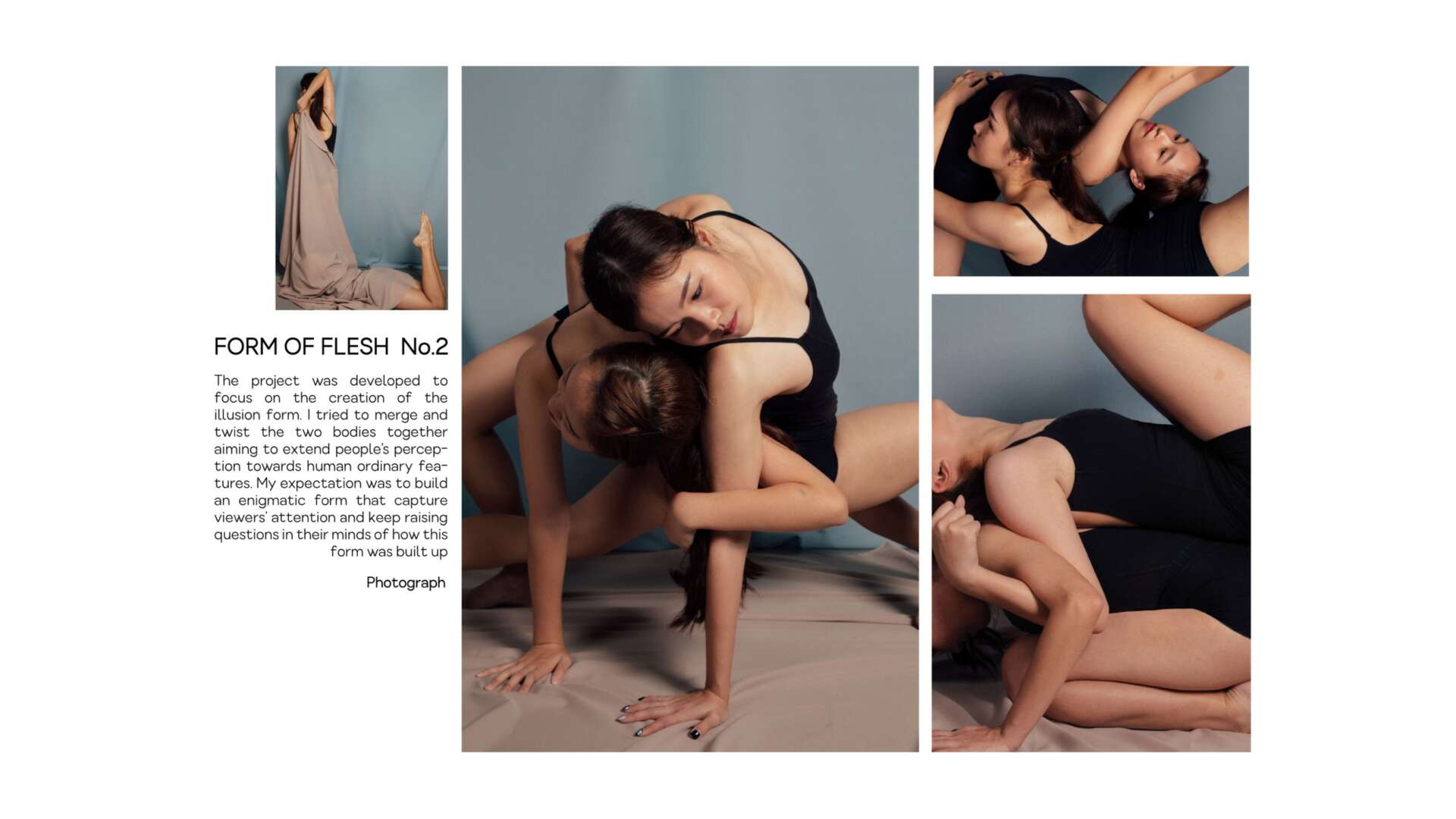

As always, we appreciate you sharing your insights and we’ve got a few more questions for you, but before we get to all of that can you take a minute to introduce yourself and give our readers some of your back background and context?
Hello folks !
I’m Gem, born and raised in Bangkok, Thailand and recently moved to NYC. I’m now a baby art therapist! freshly graduated from Pratt Institute. My work focus primarily on assisting individuals with mental health issues or those needing help with emotional regulation. I do both individual sessions and run various groups including mindfulness, open studio, and directive-based sessions.
Art therapy, for me, is a blend of talk therapy and art. It resonates with so many people and vice versa. What I like about art therapy is it is less daunting; for some, it serves as a distraction, while for others, it leads to profound self-discovery or self expression.
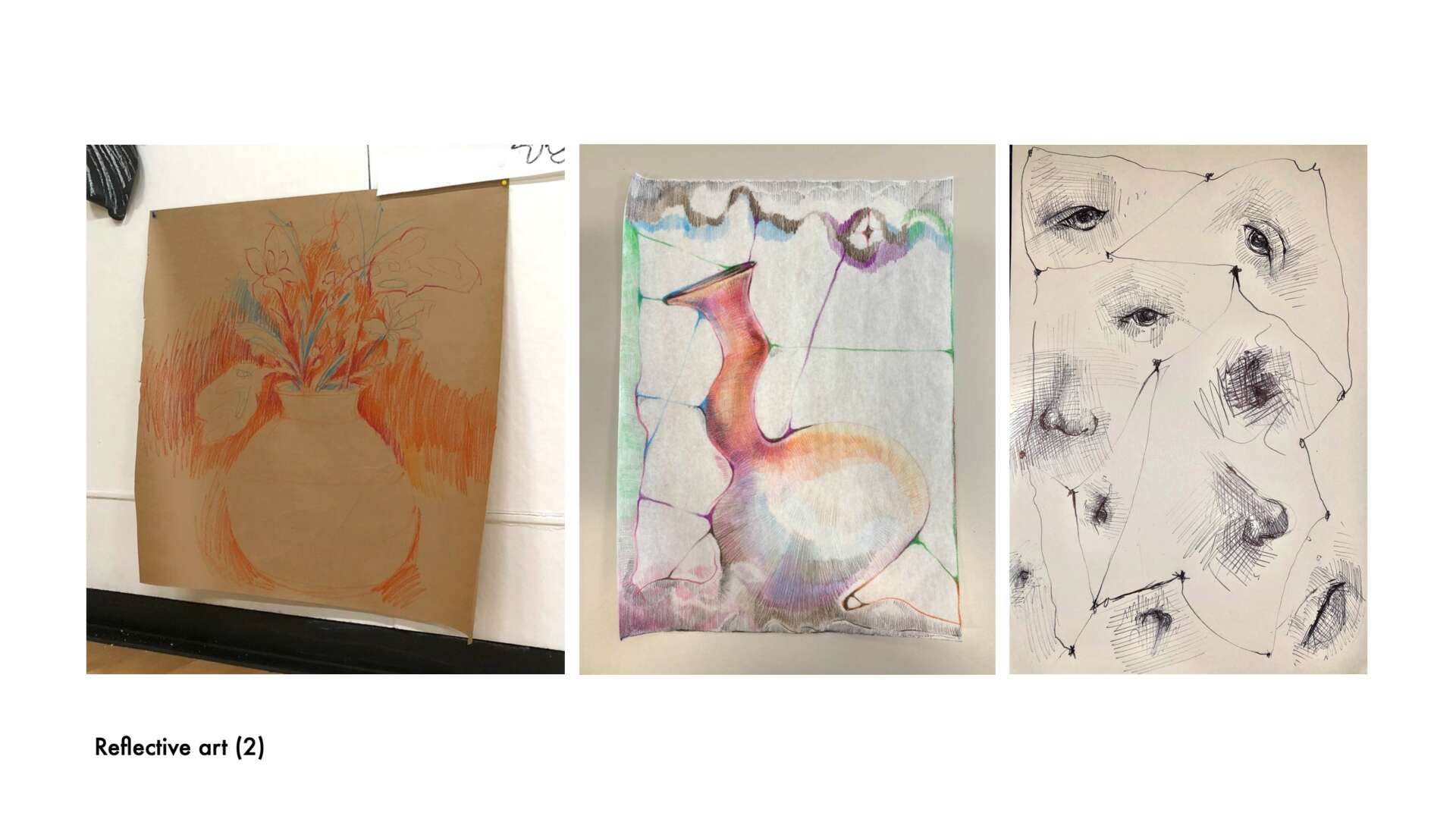

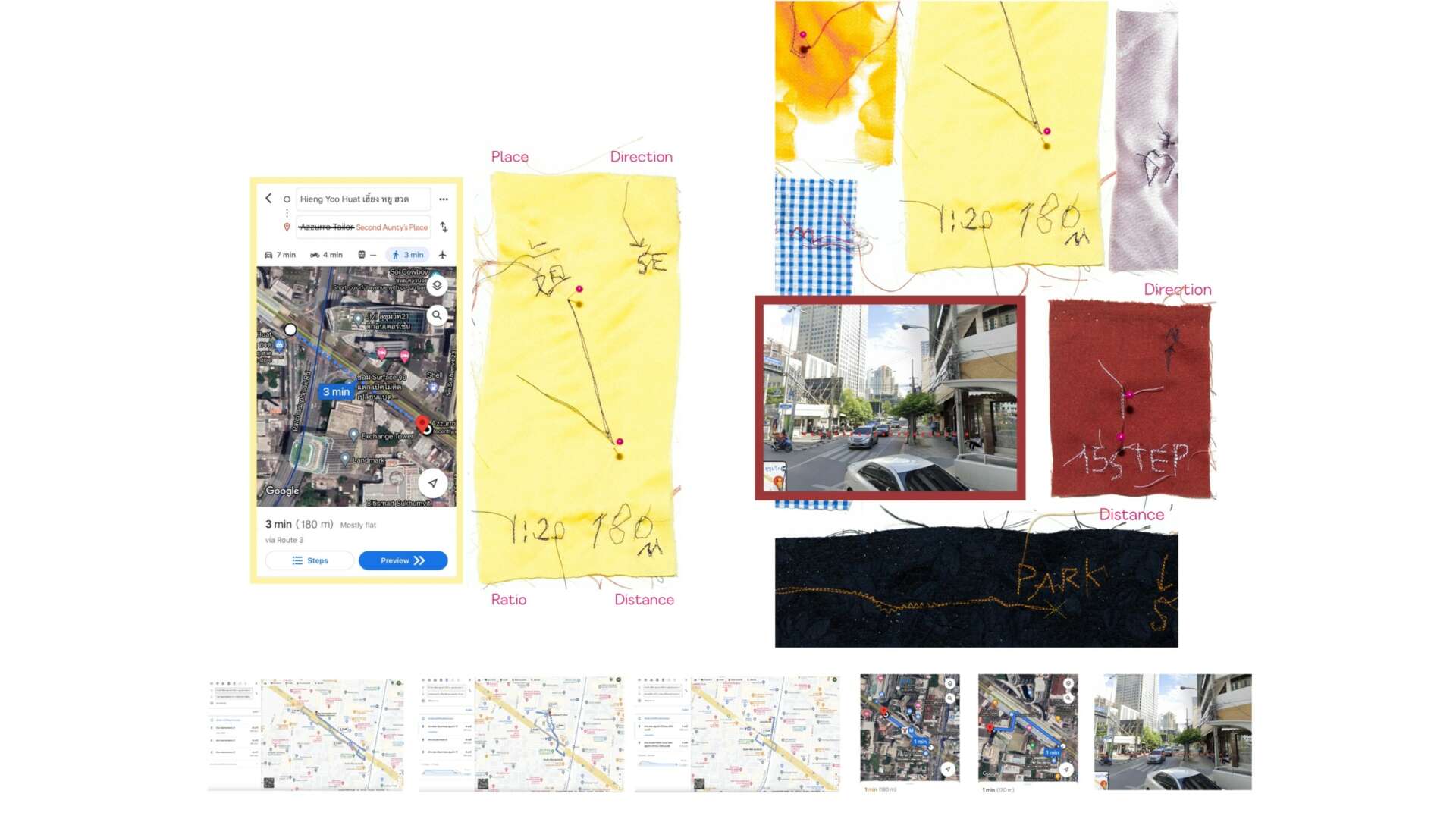
For you, what’s the most rewarding aspect of being a creative?
As a creative arts therapist, half of the time people don’t quite grasp what I do, and honestly, it can stir negative feeling towards self and profession. However, when the work is being appreciated, patient/client usually gives the feedback promptly and genuinely. With that I can feel the magic is working–knowing that what I do has a real impact on people’s lives. It is really meaningful and validating as a baby therapist forming my professional identity.
Working in mental health means I may not always witness dramatic transformations where people suddenly feel better or harmful thoughts vanish overnight. Instead, I’ve learned to value small steps and trust the process. It is rewarding to help other people as well as realizing my internal growth.
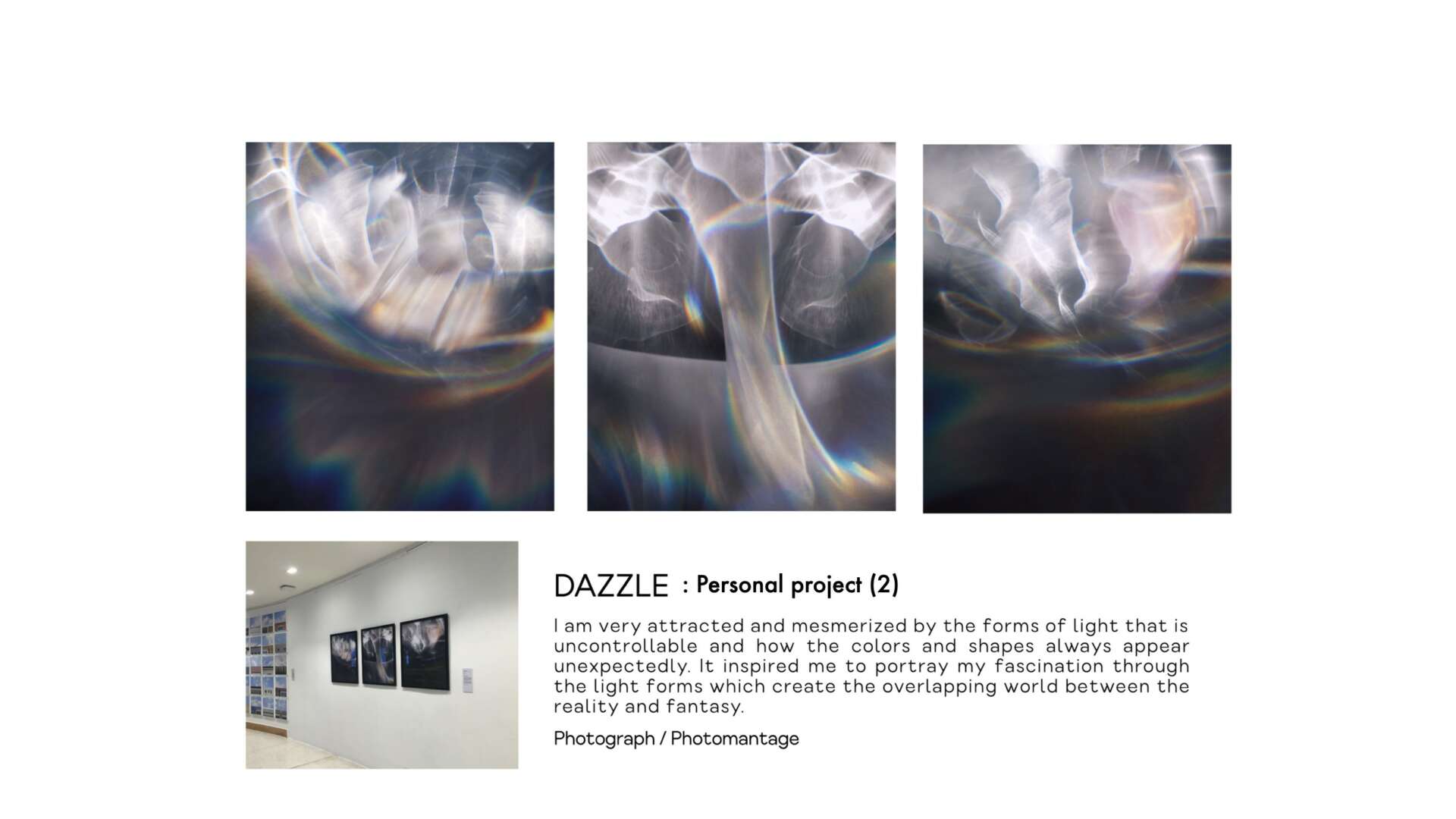
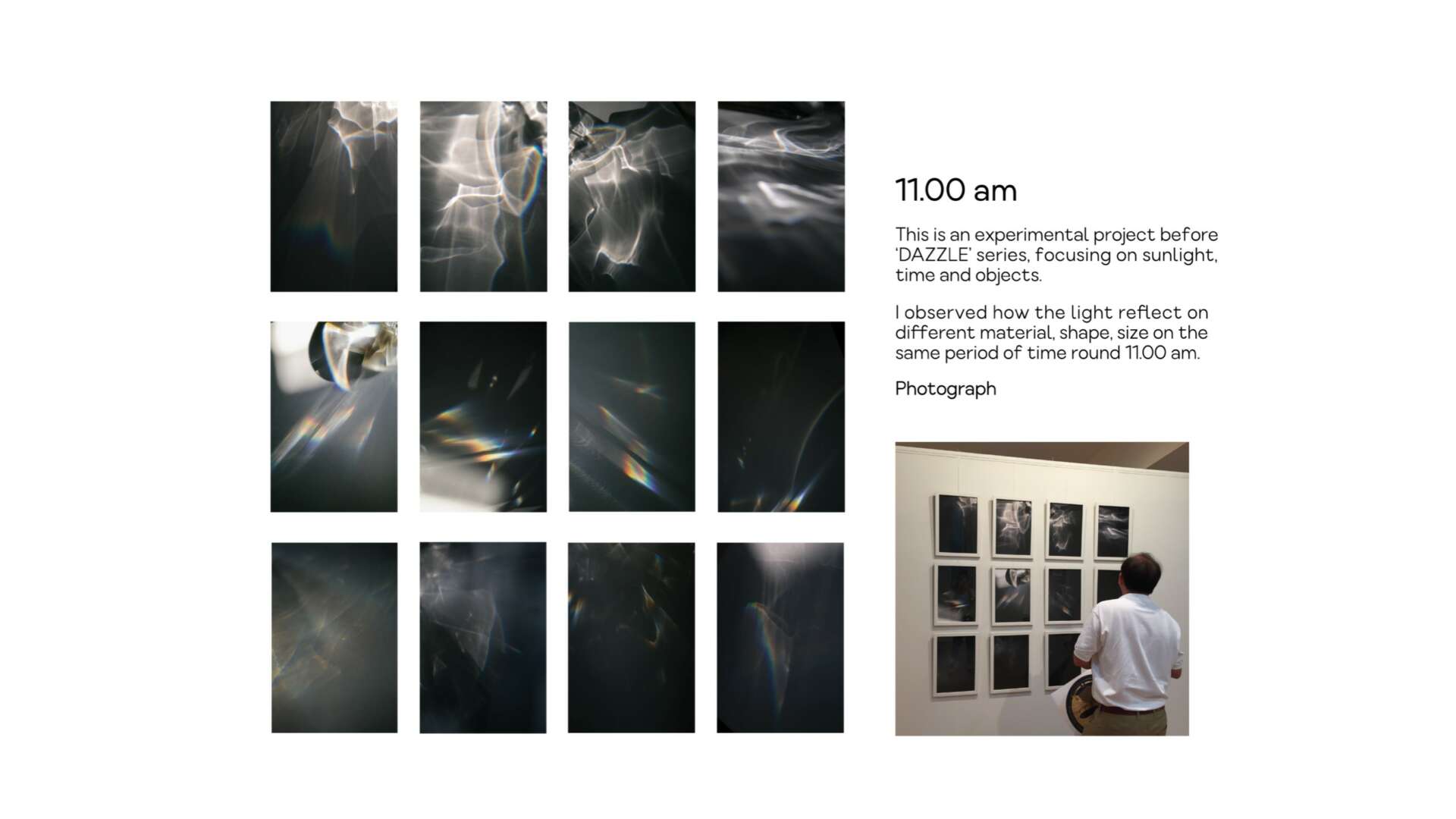

We often hear about learning lessons – but just as important is unlearning lessons. Have you ever had to unlearn a lesson?
I come from a typical Asian household where having different thoughts and refusing to do things according to your parents is considered being stubborn. Maybe I was actually too stubborn and relentless. But no matter what others say, part of me convinced myself that there is a good side to these qualities.
However, all experiences played with my stubbornness and taught me the hard way that too much of something will only wear you down. Being stubborn is still a quality I like about myself, but being able to balance it helps me see people, work, and opportunities more clearly. I have been able to be more creative by being less stubborn, opening up to other people’s suggestions, and bouncing ideas off others. Admitting that you need help and reaching out does not make you a loser; it makes you grow stronger.
Image Credits
All image is created and taken by Gem


